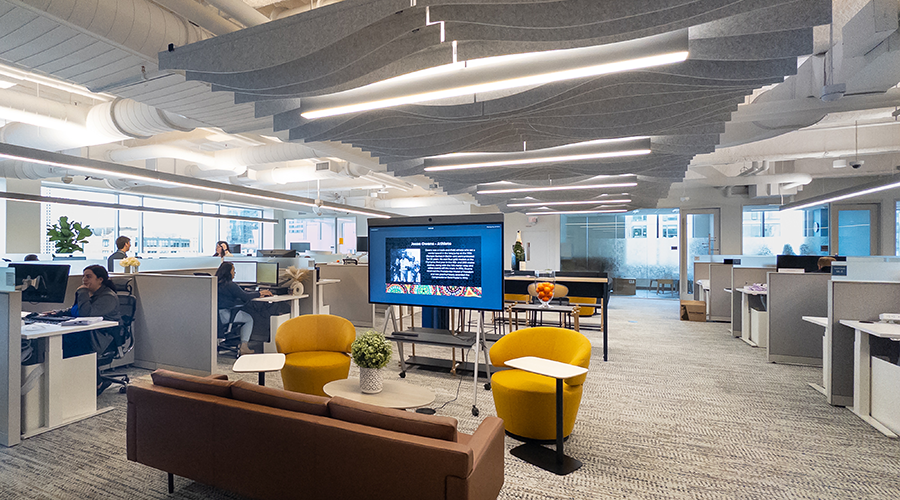Forecast Predicts Economy's 'Soft Landing' Will Balance Real Estate Markets in 2007
The U.S. commercial real estate leasing markets should continue to improve as construction remains in check and the economy grows enough to fuel continued business and global trade expansion, according to a new analysis.
The U.S. commercial real estate leasing markets should continue to improve as construction remains in check and the economy grows enough to fuel continued business and global trade expansion, according to a new analysis.
The 2007 Global Real Estate Forecast from Grubb & Ellis Company also cites stable interest and cap rates as a factor in keeping the real estate investment market healthy.
"We expect the economy to find a middle ground between an outright recession and inflationary growth - the elusive soft landing - thereby striking a balance between the commercial real estate leasing and investment markets," says Robert Bach, Senior Vice President, Research & Client Services for Grubb & Ellis.
According to the report, the volume of investment transactions is likely to stabilize in 2007 following five consecutive years of gains, but it will stabilize at a high level.
If interest rates and cap rates remain well-behaved in 2007, as expected, then the income component of the total return equation will once again eclipse the appreciation component, and real estate will return to its historic role as a solid income-producing investment with a small appreciation kicker, according to Grubb & Ellis.
Landlords Will Have More Negotiating Leverage with TenantsThe report also predicts that businesses will use their record profits to add staff and lease more space in 2007. About one-quarter of the expected 100,000 new payroll jobs per month in 2007 will be located in office buildings, generating absorption totaling approximately 55 to 60 million square feet in 2007.
The report predicts that growth will outpace completions by at least 10 million square feet, bringing the vacancy rate to 13.2 percent nationwide at year-end 2007. The anticipated 0.4 percentage point decline from 13.6 percent at year-end 2006 will be the lowest decline since the market recovery began in 2004.
However, as markets tighten further in 2007, landlords in a greater number of markets, submarkets and individual properties will capture more negotiating leverage from tenants. San Francisco, Seattle, Miami, San Jose, Calif., and New York Midtown - are expected to post double-digit increases in Class A asking rental rates in the coming year:
Twenty CBD markets will see Class A rates rise by 5 percent or more in 2007, compared with nine CBD markets in 2006. Not all landlords will be looking at rent gains in 2007, however. Class A rental rates are likely to stay flat or recede slightly in a number of CBD markets, including Cincinnati, Omaha, Neb., Atlanta, Pittsburgh, San Antonio, Detroit and Wilmington, Del.
"The future of the office market looks bright," Bach says. "Business capital spending and the expanding global economy will power demand for space even if the U.S. economy remains sluggish in the first half of 2007 as expected."
Related Topics:











